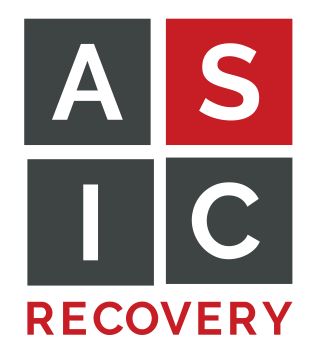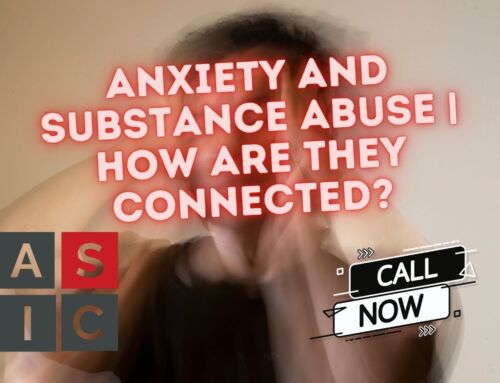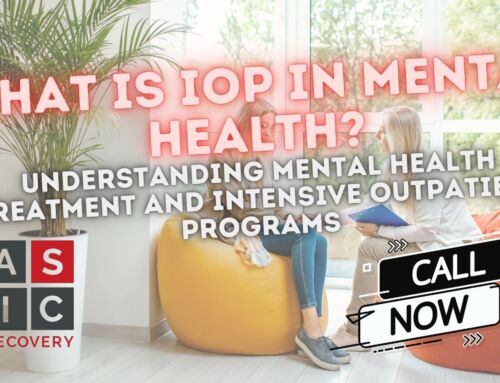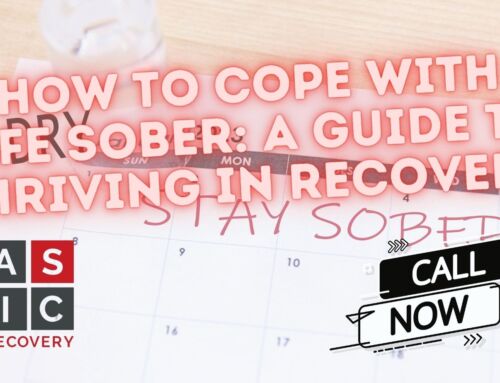Step 3 of Alcoholics Anonymous is where the rubber meets the road during the 12 Steps. It’s the point where you finally decide to move forward with the process and work all 12 Steps.
This step is often described as transformative, requiring you to make a decision to turn your will and your life over to the care of God as you understand Him.
It’s a step that has a lot of implications for your future, but there are also a lot of misconceptions around this step.
And, for many people, there’s a lot of fear as well.
As you take the 12 Steps, it’s incredibly important that you understand what you’re doing and why you’re doing it. This is particularly true for Step 3, which serves as a crucial turning point in your journey where you have to actively decide to surrender control and let a Higher Power take over.
Remember, this Higher Power you identified in Step 2 is a personal interpretation, which can be a traditional idea of a god from a religion, the AA group itself, or anything else that you feel is more powerful than you are.
Understanding Step 3 is not merely about reading the words, but about internalizing the idea behind the words and putting it into action. This step encourages you to break free from the prison of self-will run riot and trust in a power greater than you to guide your path to sobriety.
Here’s everything you need to know about Step 3 of Alcoholics Anonymous.
The Importance of Step 3 in AA
By making a decision to turn your will and life over to the care of God as you understand Him, you’re basically choosing to give up trying to run your life and allowing your Higher Power to run it for you.
This step isn’t about religion — it’s more about spirituality and surrender, regardless of your religious beliefs. It’s about accepting that you are not the center of the universe and that you need help to overcome your addiction.
In Step 1, you admitted that you’re powerless and that your life is unmanageable, that you don’t have the power to stop drinking and/or using and that you can’t stop the chaos happening in your life as a result of drinking and drugs.
In Step 2, you admitted that a Higher Power does have the ability to do these things.
In Step 3, you’re saying “Yes, I will allow my Higher Power to do these things that I can’t do.”
It’s very humbling, but it’s also relieving — you don’t have to be in charge anymore. You don’t have to try to figure this out yourself. You can step aside and let someone else fix your life.
The reason Step 3 is so important is that the rest of the steps depend on it. If you aren’t willing to let a Higher Power run your life, you’re not going to be willing to do what the rest of the steps require of you.
In Step 3, you’re basically saying “I will work the rest of the steps to the best of my ability.”
Common Challenges in Step 3 and How to Overcome Them
Step 3, like any other step in the AA program, comes with its own set of challenges. One common problem is the fear of surrender. The idea of giving up control can be scary, but it’s important to remember that surrender in this context doesn’t mean defeat — it means choosing a better way of life.
Another challenge is the misconception that Step 3 is purely religious. This can keep people who aren’t religious from working the steps — they think it’s not possible to do this step without believing in a god or gods from a religion.
Fortunately, that’s not the case. Your Higher Power can be anything that gives you strength and hope, like nature, the universe, or even your AA group.
All you’re doing is saying that you can’t do this yourself, that you need someone else to show you what to do. That’s it. It’s as simple as following directions.
Many people are afraid that if they give up their will and their life they will become a different person. In some ways, this is true — you will probably stop doing things that hurt other people and yourself, which means you will be different in that respect.
But who you are fundamentally isn’t going to change. All you’re doing is unlocking your best self.
Another common fear is that you’ll lose your independence, that you’ll become some kind of robot constantly doing someone else’s will.
That’s not how it works at all. It’s not like you’re going to get a letter every day from your Higher Power telling you what to do each day.
Instead, you are given some general principles from the 12 Steps to follow — you have to decide every day how to interpret those principles and how to follow them in each unique situation.
Making a Decision
What many people miss about Step 3 is hidden a little bit in the wording — it says that we made a decision to turn our will and our lives over the to care of God as we understood him, not that we turned everything over all at once.
Step 3 is just a decision to do it. The way you actually turn everything over is by working the rest of the steps: 4–12.
This decision is not a one-time event but a continuous process. It’s a daily commitment to let go of control and allow your Higher Power to guide you. No one forced you to make this decision — if you decide to take it back, no one will stop you.
That means you have to think about it regularly. For some people, they pray the 3rd Step Prayer to help them remember their decision and recommit to it:
“God, I offer myself to Thee — To build with me and to do with me as Thou wilt. Relieve me of the bondage of self, that I may better do Thy will. Take away my difficulties, that victory over them may bear witness to those I would help of Thy Power, Thy Love, and Thy Way of Life. May I do Thy Will always.”
If you make this decision regularly and try your best to follow the principles set down in AA, you’re working Step 3. Once you’ve made this decision, it’s time to move on to Step 4.
IOP at ASIC Recovery
Are you looking for substance abuse treatment in Texas?
At ASIC Recovery, our Intensive Outpatient Program (IOP) is dedicated to helping you develop healthier coping skills and build a recovery supportive network in all aspects.
Click to learn more.



